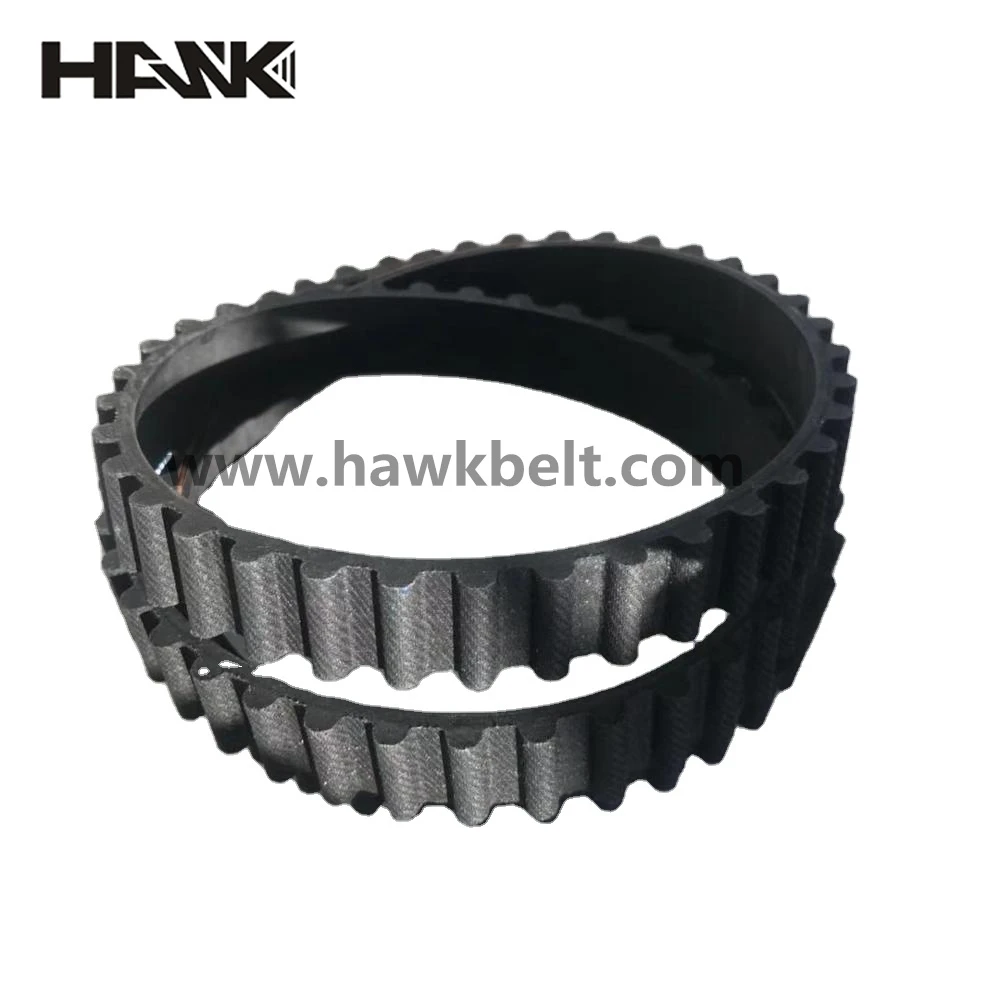- Arabic
- French
- Russian
- Spanish
- Portuguese
- Turkish
- Armenian
- English
- Albanian
- Amharic
- Azerbaijani
- Basque
- Belarusian
- Bengali
- Bosnian
- Bulgarian
- Catalan
- Cebuano
- Corsican
- Croatian
- Czech
- Danish
- Dutch
- Afrikaans
- Esperanto
- Estonian
- Finnish
- Frisian
- Galician
- Georgian
- German
- Greek
- Gujarati
- Haitian Creole
- hausa
- hawaiian
- Hebrew
- Hindi
- Miao
- Hungarian
- Icelandic
- igbo
- Indonesian
- irish
- Italian
- Japanese
- Javanese
- Kannada
- kazakh
- Khmer
- Rwandese
- Korean
- Kurdish
- Kyrgyz
- Lao
- Latin
- Latvian
- Lithuanian
- Luxembourgish
- Macedonian
- Malgashi
- Malay
- Malayalam
- Maltese
- Maori
- Marathi
- Mongolian
- Myanmar
- Nepali
- Norwegian
- Norwegian
- Occitan
- Pashto
- Persian
- Polish
- Punjabi
- Romanian
- Samoan
- Scottish Gaelic
- Serbian
- Sesotho
- Shona
- Sindhi
- Sinhala
- Slovak
- Slovenian
- Somali
- Sundanese
- Swahili
- Swedish
- Tagalog
- Tajik
- Tamil
- Tatar
- Telugu
- Thai
- Turkmen
- Ukrainian
- Urdu
- Uighur
- Uzbek
- Vietnamese
- Welsh
- Bantu
- Yiddish
- Yoruba
- Zulu
Nov . 09, 2024 02:05 Back to list
Exploring the Benefits and Applications of Polymeric Belting Solutions in Various Industries
Understanding Poly Belting A Versatile Solution for Modern Industry
Poly belting is an essential component in various industrial applications, providing reliable solutions for material handling, power transmission, and conveyor systems. This type of belting is manufactured using high-quality polymer materials, which offer an excellent balance of strength, flexibility, and durability. This article explores the characteristics, applications, benefits, and future trends of poly belting, showcasing its pivotal role in contemporary manufacturing and logistics.
Characteristics of Poly Belting
Poly belting is composed of synthetic materials such as polyurethane or polyester, making it resistant to wear, abrasion, and chemical exposure. One of the leading advantages of poly belts is their lightweight nature, which facilitates easier installation and maintenance compared to traditional leather or fabric belts. Moreover, these belts can come in various thicknesses and widths, allowing for customization that meets specific operational requirements.
Another significant characteristic is the versatility in surface finishes. Poly belting can be manufactured with smooth, textured, or cleated surfaces, providing options for different applications. Cleated belts, for instance, are designed to transport materials at an incline without the risk of slippage, enhancing efficiency in material handling processes.
Applications of Poly Belting
Poly belting finds extensive use across various industries. In manufacturing, it is employed in conveyor systems to transport goods efficiently between different production stages. In the automotive industry, poly belts are commonly used in assembly lines, ensuring seamless movement of components. Additionally, the food processing sector utilizes poly belting due to its compliance with hygiene standards, as these belts can withstand regular cleaning without degrading.
In the agricultural sector, poly belting is used in harvesting equipment and feed conveyors, where durability and resistance to environmental conditions are paramount. The packaging industry also benefits from poly belting during the sorting and packaging processes, where reliability and precision are crucial.
Benefits of Poly Belting
poly belting

The advantages of poly belting extend beyond their physical characteristics and applications. One significant benefit is the reduction in maintenance costs. Poly belts are known for their long service life, meaning businesses can reduce downtime and expenses associated with frequent replacements. Additionally, their ability to operate in diverse environmental conditions makes them ideal for both indoor and outdoor applications.
Poly belting is also energy-efficient. Unlike traditional rubber belts, which may experience significant friction and require more power to operate, poly belting typically results in lower energy consumption, contributing to reduced operational costs. This energy efficiency is particularly valuable in industries striving to minimize their environmental impact.
Moreover, poly belting offers excellent grip and tensile strength, ensuring optimal performance even under heavy loads. Their resistance to stretching ensures that they maintain their shape and functionality over time, further enhancing operational reliability.
Future Trends in Poly Belting
As industries evolve, so does the technology behind poly belting. One of the notable trends is the development of smart belts integrated with sensors and monitoring systems. These advancements facilitate real-time monitoring of belt performance, predicting maintenance needs and preventing unexpected failures. The integration of smart technology is expected to enhance efficiency and reduce operational costs significantly.
Furthermore, sustainability is becoming a key focus. Manufacturers are exploring eco-friendly materials for poly belting production, aligning with global efforts to reduce plastic waste and promote recycling. Biodegradable poly belting is an emerging area, catering to environmentally conscious industries.
Lastly, advancements in manufacturing techniques, such as 3D printing, may revolutionize the production of poly belting. Customization is set to become easier, offering tailored solutions that meet specific industrial demands with greater speed and efficiency.
Conclusion
Poly belting is a critical element in modern industry, offering a combination of durability, efficiency, and versatility. As technology advances and industries continue to seek innovative solutions, poly belting will undoubtedly evolve, providing even more significant benefits. Embracing these advancements will ensure that businesses remain competitive in a rapidly changing global market. As we move forward, the importance of poly belting in enhancing productivity and sustainability in various sectors will only continue to grow, making it a key focus for manufacturers and industries worldwide.
-
Upgrade Power Steering Pump Belt for Smooth, Quiet Operation
NewsAug.27,2025
-
Precision Timing Belt & Chain: Engine Performance & Durability
NewsAug.26,2025
-
Precision Lathe Drive Belts: Durable & Reliable Performance
NewsAug.25,2025
-
84.5 Serpentine Belt: Durable & Precision Fit for Your Engine
NewsAug.24,2025
-
Premium Ribbed Drive Belts for Quiet Power Transmission
NewsAug.23,2025
-
High-Performance Vehicle Timing Belt for Engine Precision
NewsAug.22,2025

